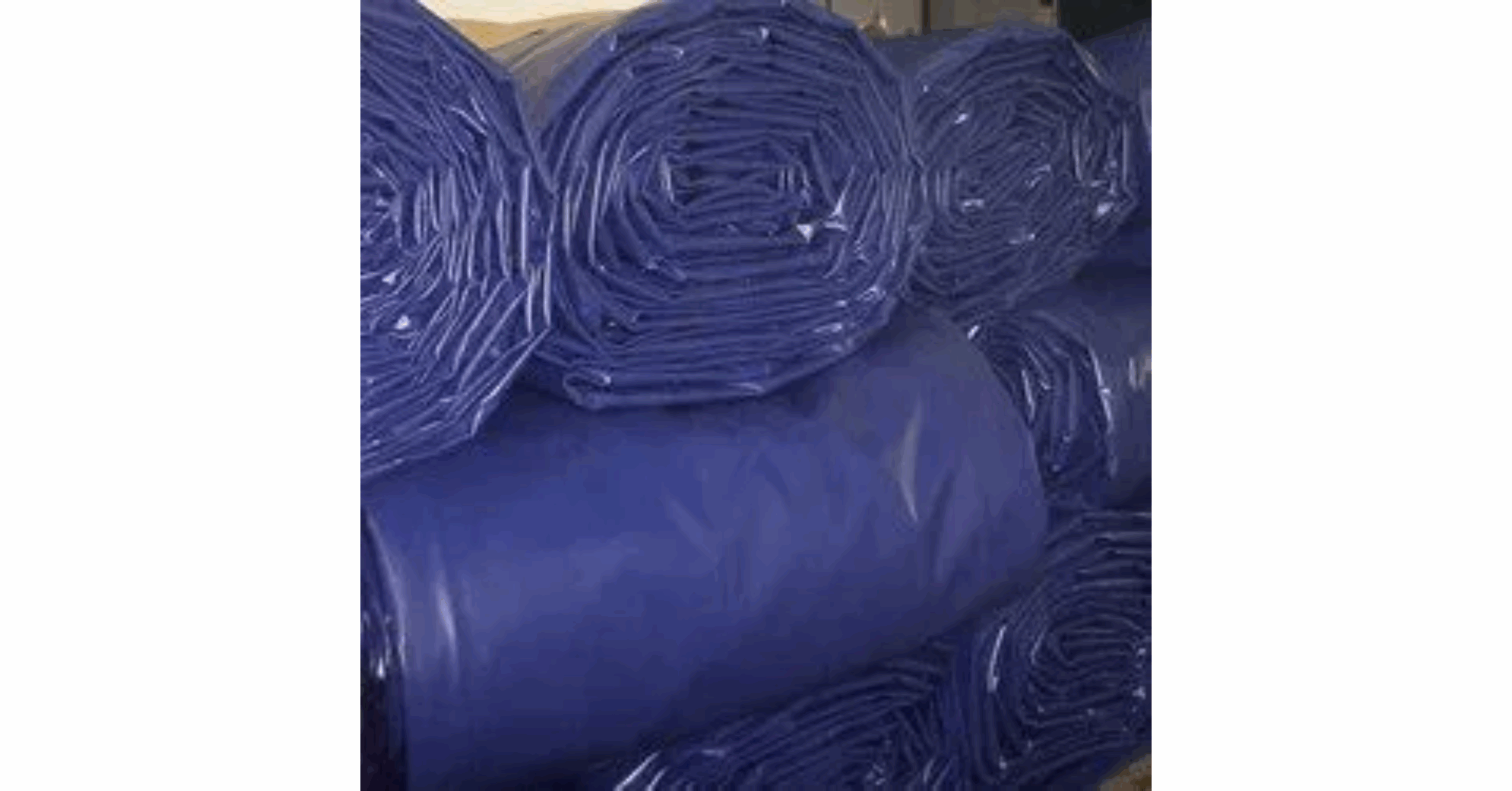Enhancing Construction Safety with Fire Retardant Safety Net Solutions
In high-risk industries such as construction, ensuring the safety of workers and preventing hazards is of utmost importance. One essential protective measure is the Fire Retardant Safety Net, a crucial component designed to safeguard lives and property in environments prone to fire and falling risks. These safety nets are not just tools for fall protection — they are advanced systems that offer fire resistance, durability, and reliability, making them indispensable in modern construction and industrial safety management.
Understanding the Importance of Fire Retardant Safety Nets
A Fire Retardant Safety Net serves a dual purpose: protecting workers from falls and preventing fire-related accidents from escalating. Traditional safety nets may offer fall protection, but they are often vulnerable to high temperatures and flames. The Fire Retardant Safety Net is engineered using flame-resistant materials such as high-density polyethylene (HDPE) or nylon treated with fire-retardant coatings. These materials can withstand intense heat and slow down the spread of fire, giving workers valuable time to react and evacuate safely.
In industries like construction, shipbuilding, and manufacturing, where sparks, welding, and electrical operations are common, the use of fire-retardant safety nets greatly reduces the risk of catastrophic accidents. Beyond regulatory compliance, these nets symbolize a company’s commitment to safety, responsibility, and sustainability.
Key Features and Benefits
The Fire Retardant Safety Net offers a range of features that make it a preferred choice for contractors, builders, and safety engineers.
-
Fire Resistance: The most distinguishing feature is its ability to resist ignition and minimize flame spread, preventing the net from melting or burning rapidly.
-
High Durability: Designed for harsh environments, these nets are UV-stabilized and weather-resistant, ensuring long-term performance even in extreme outdoor conditions.
-
Impact Absorption: They are capable of absorbing the impact of falling debris or workers, reducing the severity of potential injuries.
-
Compliance with Safety Standards: Fire retardant nets meet international safety certifications, ensuring that they adhere to the highest quality and safety regulations.
-
Easy Installation and Maintenance: Lightweight yet strong, they can be quickly deployed and easily maintained, providing both flexibility and reliability.
The combination of these benefits ensures that construction sites maintain optimal safety standards while minimizing the risk of both falls and fire hazards.
Applications in Construction and Industrial Sites
A Fire Retardant Safety Net is widely used across multiple sectors due to its versatility and protective properties. In construction sites, these nets are commonly installed around scaffolding, open floors, and building perimeters to prevent accidental falls. Their fire-resistant properties make them especially useful in areas where welding, cutting, or heating processes are performed.
In addition to construction, fire-retardant safety nets are also used in:
-
Shipyards: To protect workers performing repairs or installations on ships and oil rigs.
-
Warehouses: For securing mezzanine floors and reducing the risk of fire accidents in storage facilities.
-
Factories: As a protective barrier in industrial environments where sparks and flammable materials are present.
-
Public Events and Temporary Structures: To provide safety without compromising structural integrity or aesthetics.
Their multifunctional design allows them to be adapted to various settings, making them an essential part of modern workplace safety solutions.
The Role of Fire Retardant Safety Nets in Compliance and Risk Management
In Singapore and across the globe, workplace safety regulations require companies to implement proper fall and fire protection systems. A Fire Retardant Safety Net not only helps organizations meet these legal obligations but also demonstrates proactive risk management.
By integrating such safety equipment, businesses reduce liabilities and ensure compliance with occupational health and safety standards set by local authorities. Investing in these nets also improves a company’s reputation as a responsible and safety-conscious enterprise, which is crucial for attracting skilled labor and maintaining trust with stakeholders.
Material and Design Innovations
Recent advancements in material science have led to the development of superior fire-retardant fibers and coatings. Modern Fire Retardant Safety Net systems use polymers treated with advanced flame-retardant chemicals that do not compromise strength or flexibility. Some nets also incorporate reinforced borders and knotless mesh designs, enhancing both performance and durability.
Manufacturers are now focusing on sustainable and eco-friendly production methods, ensuring that the nets meet environmental standards while delivering maximum safety. This innovation ensures long-term usability, cost efficiency, and reduced waste.
Installation and Maintenance Best Practices
Proper installation is crucial to ensure that a Fire Retardant Safety Net functions effectively. It should be securely anchored to the structural framework using durable hooks, ropes, or steel cables. The net must be tensioned evenly to provide consistent support and coverage across the designated area.
Regular inspection and maintenance are also key. Safety officers should routinely check for wear, tear, or damage caused by weather and debris. Replacing damaged sections promptly ensures continuous protection and compliance with safety standards. Periodic testing of fire-retardant properties is also recommended to ensure ongoing effectiveness.
Choosing the Right Fire Retardant Safety Net
When selecting a Fire Retardant Safety Net, consider the following factors:
-
Material Quality: Ensure the net is made from certified fire-retardant materials suitable for your specific application.
-
Mesh Size and Strength: Choose the appropriate mesh design to balance protection, airflow, and visibility.
-
Certification: Look for products tested and certified under recognized safety standards.
-
Customization: Many suppliers offer custom sizes and designs to fit specific project needs.
-
Supplier Reliability: Purchase from reputable suppliers who provide installation guidance, safety documentation, and after-sales support.
Companies such as MyCanvas Singapore offer high-quality fire retardant safety nets that meet international safety standards, providing reliable and long-lasting solutions for diverse industries.
The Future of Construction Safety
As urban development continues to expand, workplace safety will remain a top priority. Innovations like the Fire Retardant Safety Net will play an even greater role in creating secure environments for workers and protecting valuable assets. These nets not only prevent accidents but also contribute to overall fire safety management, ensuring that construction sites operate smoothly and responsibly.
The focus on sustainability and safety integration means that future designs will be even more durable, lightweight, and eco-friendly, further enhancing efficiency and compliance across the industry.
Conclusion
The importance of fire safety and fall protection cannot be overstated, especially in high-risk environments such as construction and industrial sites. The Fire Retardant Safety Net provides an advanced solution that combines strength, fire resistance, and adaptability. It safeguards workers, reduces potential losses, and promotes a culture of safety and responsibility.







